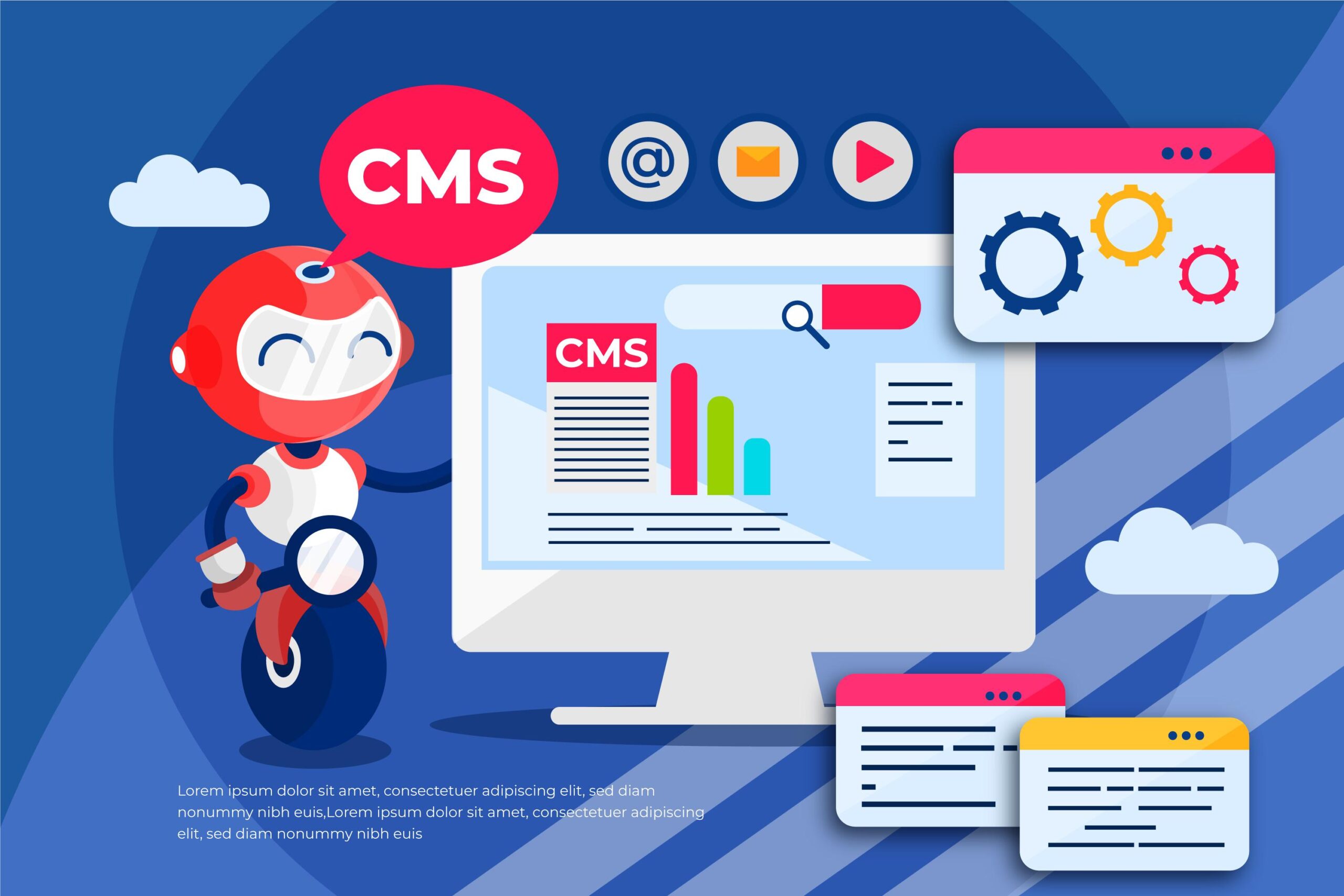Blog /
Top branding strategies for small businesses in 2025

As a small business owner, probably you already know that a strong brand can be your most valuable asset and today, having a cohesive brand strategy is no longer a privilege for only big corporations, it is also very achievable for small businesses, if not essential. It can be a difference between blending in the background and standing out from the crowd.
Branding is all about creating an identity that is unique and also resonates with your target audience. It is the personality of your business, something that can allow you to compete with larger companies. It is to build lasting relationships, to create emotional connections and loyalty, that will translate into repeat business.
Let’s explore together proven strategies for small business branding that will help you build a strong brand and fuel your growth.
What is Small Business Branding?
Small business branding is shaping the perception of your company in the marketplace. Mainly, it stands on three key components:
- How are you seen? Visuals such as logo, color palette and design style.
- How you communicate? Your brand voice, language, tone and style.
- What you stand for? Values, core principles that guide the company’s decisions and resonate with customers.
These three elements tell your story and stories shape our worlds, they build trust and differentiate us from others.
Top Branding Strategies for Small Businesses in 2025
Building a strong and consistent visual identity
The first thing that potential customers notice about your brand is visual identity and as always, consistency is key in 2025 too. Here are some tips for building a strong visual identity for your small business:
- Think about creating a cohesive color palette for your brand, it should evoke the emotions you want for your brand, for instance, if you are aiming to build trust think about the color blue. If you want to associate with something environmental or innovative green should be your color of choice.
Recommended tool for creating a color palette: Coolors. - Design a logo, that is both memorable and reflects your brand’s personality too.
Recommended tool for designing a simple logo for your small business: Canva
If you want professional help for your logo design hire through platforms like 99designs.
- Develop a brand style guide, to be sure that everyone in your small business understands how to use visual elements correctly.
We recommend these free templates for building a brand style guide for your small business.
Crafting a unique brand story
Every business bigger or smaller has a story and in 2025, storytelling is more important than ever. The brand story is what makes your business unique, so tell it. Tell your ‘why’ behind your business. Maybe you created a company to solve a problem you faced in your personal life, or you’re continuing a family tradition. Whatever the story is, tell it in an authentic, compelling and relatable way.
Once you have it, channel it across every marketing platform. Customers are not buying only products or services, they buy into stories and values they resonate with.
For your ‘About Us’ page on a website, answer these three questions and write 1-2 paragraph brand story using them:
- Why did you start your business?
- What problem do you solve?
- What is unique about your approach?
You can also use the StoryBrand framework, which will help you to structure your brand narrative effectively.
- Utilizing social media for brand visibility
In 2025, for small business brand marketing social media platforms are still crucial and will be like that as long as customers are spending their time. So, your brand needs to be there too. But only presence is not enough, it should be engaging and consistent.
The platform you choose depends on your target audience. For B2B businesses, LinkedIn is a must; For visually-driven small businesses, Instagram or Pinterest should be key, and so on. So the general tip is to choose 2-3 platforms based on your target audience.
Once you have chosen platforms:
- Make a content calendar to post consistently (recommended frequency of 3-5 posts per week
- Always follow the 20/80 rule: 20% for promotional content, 80% for creating value for your customers.
- Monitor the performance of your social media campaigns with Google Analytics.
- Here is the free template by Sprout Social to conduct an audit of social media.
Here are some additional tools and resources that might help your small business brand marketing:
Post scheduling across multiple platforms with Hootsuite or Buffer
For social media DIY graphics and visuals try Canva
- Developing a mobile-friendly website
The most used device is the mobile, so you should have a responsive and mobile-friendly website for small business branding. Usually, a website is the first point of contact between the brand and the customer, so make sure your website loads quickly and is easy to use on small screens.
If you don’t have a website yet, develop it with a WordPress theme like Astra or GeneratePress as they offer the most mobile-responsive designs and don’t require technical knowledge to create a website.
In case you already have a website check its mobile-friendliness through this tool by Google. For more insights and optimization tips, try PageSpeed Insights.
- Engaging customers through personalized experiences
Use data and technology and create personalized experiences with customers. It can be as simple as just addressing them by name in emails, or to recommend products based on purchase history.
If you don’t have it yet, consider implementing a CRM system. It will help you track necessary customer data, like preferences and behaviors. Based on this data, you will make each customer feel valued, which will result in enhanced brand loyalty.
Some practical tips for personalized branding strategy for small businesses:
- Implement a feedback system using tools like SurveyMonkey or Google Forms.
- Set up automated follow-up emails after purchases to gather feedback.
- Create a customer service playbook outlining how to handle common scenarios.
Resource: Download free customer service email templates from HubSpot.
- Leveraging user-generated content and testimonials
According to the report by Stackla, user-generated content (UGC) is almost 9 times more impactful than influencer content. For 79% of consumers, UGC highly impacts their purchasing decisions.
The reason is obvious – authenticity is currency and there are no better ways to do your small business branding than through the voices of your customers. So, you need to encourage your customers or incentivize them to create UGC. The most common way is to feature some case studies and testimonials on your website or social media platforms. Once you have consent, you can use these platforms for collecting reviews and testimonials:
Through Google My Business, Yelp and similar platforms, you can also make it easier for customers to leave reviews.
Another way to collect material for UGC is to set up a Google Alert for your brand name and monitor mentions.

Affordable Branding Strategies for Small Businesses
Small business branding strategy can be affordable, there are thousands of budget-friendly tools and ways for brand development. Let’s wrap up some of them:
DIY Branding Tools: As mentioned above, Canva, is for free or low-cost templates for logos, social media posts or other visual branding materials.
Content Marketing: Start a blog, create how-to videos, launch a podcast, create valuable and relevant content for your audience, they do not require significant financial investments.
Find 3-5 topics that are related to your industry and focus your content on them. Don’t forget the 20/80 proportion. Identify keywords and target them for better search engine visibility, Google Keyword Planner will help you.
Local Partnerships: Leverage the community, collaborate with other local businesses for cross-promotion. It can be a complementary business to whom you can propose mutually beneficial partnership ideas, for instance, a joint promotion or referral program. You can also collaborate with local events or community initiatives.
Branding Mistakes Small Businesses Should Avoid
Learn from other’s mistakes, because even with the best intentions, small business branding can still fall into common pitfalls. Here are some real-world mistakes and we will teach you to avoid them:
Inconsistent Branding
Example: In 2010, the famous brand Gap Inc. changed its iconic logo without testing and warning. They faced significant backlash, because the new logo was inconsistent with the brand’s already established identity and customers got confused. After one week, they reverted to the original logo.
How to Avoid: Have a brand style guide and clearly state how to use the logo, color, fonts and messaging across all platforms. Make sure that everybody in the team has access and knows about it.
Failing to Keep Promises.
Example: Volkswagen Emissions Scandal is a classic example of damaging customer trust. Volkswagen’s promise of environmentally friendly vehicles was shattered when it was revealed that the company had cheated on emissions tests. It resulted in legal repercussions and a decline in brand reputation.
How to Avoid: Keep your promises and deliver. Be transparent in your small business practices.
Neglecting Customer Experience.
Example: In 2017, United Airlines faced a PR crisis when they removed a passenger forcibly from an overbooked flight. Their brand’s promise of customer service and the actual experience were absolutely different. Resulting in a destroyed reputation.
How to Avoid: In every aspect of your business, prioritize customer experience. Always seek their feedback and make improvements based on it. Your brand is not what you say, it is what your customers say about it.

Proven Branding Strategies to Boost Customer Loyalty
The base of loyal customers is what defines success for your small business. Let’s discuss some proven small business branding strategies to boost that loyalty:
Provide Exceptional Customer Service
Example: Zappos is an online retail store, that mainly sells clothing, accessories and shoes. They have outstanding customer service as they offer free shipping both ways and what’s most important 365-day return policy. Zappos’ focus on customer satisfaction has resulted in a loyal customer base that advocates for the brand.
Strategy: Invest in exceptional customer service, and train your team if necessary.
Implement Personalization
Example: Starbucks’ famous loyalty program for customer experience personalization is a great example. They have the Starbucks Rewards app and through that customers receive personalized offers based on their history and preferences.
Strategy: Have a loyalty program for your small business customers. Reward repeat customers and use data to personalize offers.
Engage Through Social Responsibility
Example: Ben & Jerry’s brand is built around social activism and environmental responsibility. They take strong stances on social issues and hence attract customers who share similar values. This way, they create a loyal customer base that supports the brand mission.
Strategy: Identify social causes in your community, or other worldwide causes and align them with your brand values.
If you need assistance in taking your small business to the next level, let Purplegator’s expert team help you with digital marketing solutions that drive real results. Contact us today and start growing your business with innovative strategies that get you noticed!
FAQs about Small Business Branding
How to do branding for a small business?
First, define your brand identity. It includes defining your mission, values and unique selling proposition. Have a visual identity and voice that is consistent and use them across all customer touchpoints.
What are 4 four branding strategies?
Four key branding strategies are: Strong visual identity; Compelling brand story; Exceptional customer service; and Digital marketing.
Do small businesses need branding?
Absolutely. Branding helps small businesses to stand out and compete with larger companies.
What are the 7 key elements of brand strategy?
Seven key elements of branding strategy are: Purpose; Audience; Personality; Promise; Voice; Values; and Positioning.
Related Articles:




